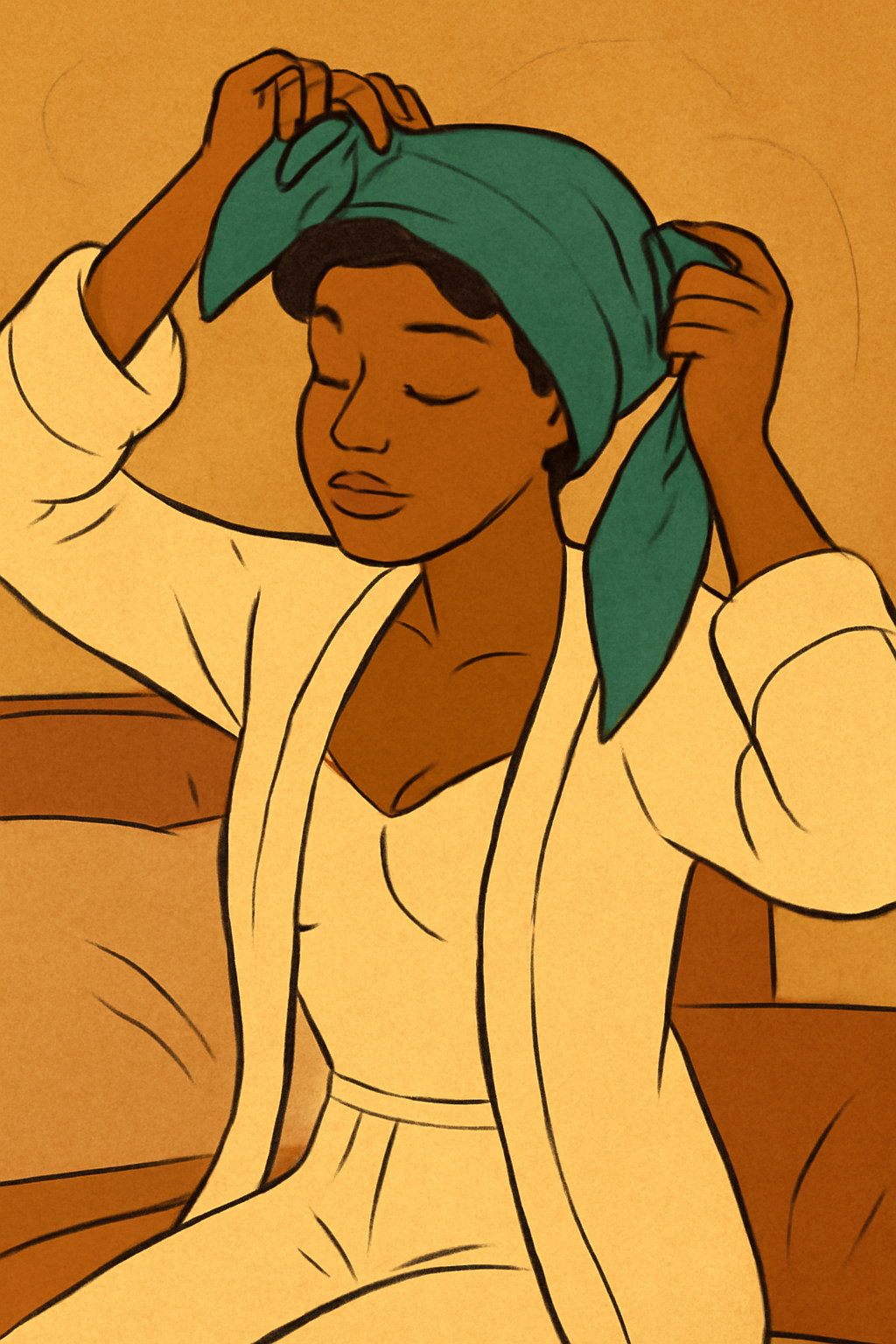Fashion Journalism and Forgotten Elegance
I’ve always felt a quiet hesitance about calling myself a journalist.
Despite holding a master’s degree in fashion journalism, the term felt… heavy. Not because I hadn’t earned it, I had. I’d spent years writing, researching, dissecting style and culture with the precision of a historian and the curiosity of a critic. But somewhere between the rise of influencer culture and the fall of traditional media, the word “journalist” became blurred. It began to feel like a performative label rather than a professional distinction (sigh).
By the time I graduated, the internet had democratized content creation. Bloggers and social commentators, often brilliant, sometimes not, occupied the same digital space as career journalists. And in the rush to keep up with the feed, something sacred was lost: the discipline of research, the beauty of storytelling, the nuance of context. Fashion journalism, and journalism more broadly, became collateral damage in a culture obsessed with speed over substance.
But something shifted recently. Perhaps it was the return of longform writing. Perhaps it was the public’s growing fatigue with “hot takes” and clickbait. Or maybe it was simply me, finally claiming the fullness of my credentials and passion.
Redecorating My Space, Reawakening My Curiosity
Lately, I’ve been redecorating my home - intentionally, slowly, softly. And like most things in my life, it became more than just a design project. I found myself researching again. Not just paint palettes or furniture silhouettes, but clothing. Specifically: what do we wear when we’re home?
That question pulled me down a rabbit hole into the evolution of loungewear, its intersection with lingerie, its relationship with modesty, comfort, skin health, and identity.
Let’s start with the basics.
The Evolution of Lingerie: From Corsets to Comfort
Historically, lingerie wasn’t about seduction. In the 19th century, undergarments like chemises, corsets, and petticoats were functional, a way to shape the body according to fashion’s silhouette of the time. These pieces were largely constructed from breathable natural fibers like cotton, linen, and silk, which allowed the skin to breathe beneath layers of heavy clothing .
By the 1920s, the flapper era ushered in looser undergarments, silk camisoles, and the now-iconic slip dress. Women’s fashion began to embrace freedom of movement and bodily autonomy. In the decades that followed, lingerie evolved alongside shifting beauty ideals, from the bullet bras and girdles of the 1950s to the barely-there lace of the 1990s.
Today, lingerie has splintered into countless subcategories: shapewear, sleepwear, loungewear, seamless, sculpting, performance-ready. But in the process, something intimate and sacred was lost, the idea of being dressed for yourself, in your own home, with no audience and no performance.
The Fabric of Our Lives: What You Wear at Home Matters
Let’s talk textile.
The market today is flooded with synthetic fabrics: polyester, nylon, rayon. These are petroleum-based materials, cheap to produce, but often harsh on sensitive skin. According to the American Academy of Dermatology, synthetic fabrics can trap heat and moisture, exacerbating conditions like eczema, contact dermatitis, and yeast infections .
For someone like me, with sensitive skin and eczema, fabric isn’t a matter of aesthetics, it’s health. After a shower, when your pores are open and your skin is clean, your body absorbs what you place against it. So if you're lounging in faux-silk pajamas made of polyester blends, you're not just sacrificing comfort, you could be compromising your skin barrier.
By contrast, natural fabrics like silk, organic cotton, linen, and bamboo are breathable, hypoallergenic, and biodegradable. True silk, especially vintage silk, is like reclining in the lap of luxury. It regulates temperature, resists dust mites, and glides against the skin like a second layer of serenity.
Modesty at Home: A New Frontier in Fashion
There’s an overlooked need in the fashion market: modest, sensual, high-quality loungewear.
As a mother, I want to feel beautiful in my home, but I also want to feel appropriate. Not every woman wants to walk around her house in crotchless panties and a lace bralette. And yet, many of the loungewear options available today either scream “seduction” or “sweatsuit.”
We need a middle ground.
Imagine two-piece sets made from 100% bamboo or recycled silk. Comfortable. Modest. Still feminine. Designed with the intention of being worn around children, in-laws, or guests, without sacrificing softness or elegance. Designed with the woman’s skin, comfort, and confidence in mind, not just the male gaze.
Sustainability and the Slow Fashion Solution
From a business and fashion journalism standpoint, the loungewear market is overdue for disruption, particularly within the slow fashion space.
Small-batch manufacturers, using deadstock or sustainable textiles, could carve out a niche by offering ethical, organic, modest loungewear. Brands like Lunya, Eberjey, Studio One Eighty Nine, and Pact have tapped into elements of this need, but the mainstream market still leans heavily on synthetic blends and body-contouring silhouettes.
Slow fashion allows us to rethink what it means to get dressed. It’s not about trend-chasing, it’s about intentionality. About knowing what you wear, where it came from, and how it touches your skin. This extends into the home, where comfort and personal care intersect most intimately.
Final Thoughts: The Intimacy of Choice
We often obsess over what we wear to be seen. But what about what we wear to feel?
Loungewear should not be an afterthought. It’s the first thing you put on after a long day. The fabric that meets your skin after a bath. The clothing your children see you in most. It deserves beauty, integrity, and care.
In reclaiming journalism, I’ve also reclaimed the right to ask questions like this—and to pursue the answers. Because fashion is not just about what’s on the runway. It’s about what’s under the robe, behind the curtain, and closest to our hearts.
Sources:
Steele, Valerie. The Corset: A Cultural History. Yale University Press, 2001.
American Academy of Dermatology Association. “Clothing and Skin Conditions.” www.aad.org
Ogunbiyi, Adebola O. "Impact of textiles and clothing on skin conditions." Clinics in Dermatology, Volume 38, Issue 3, 2020.

